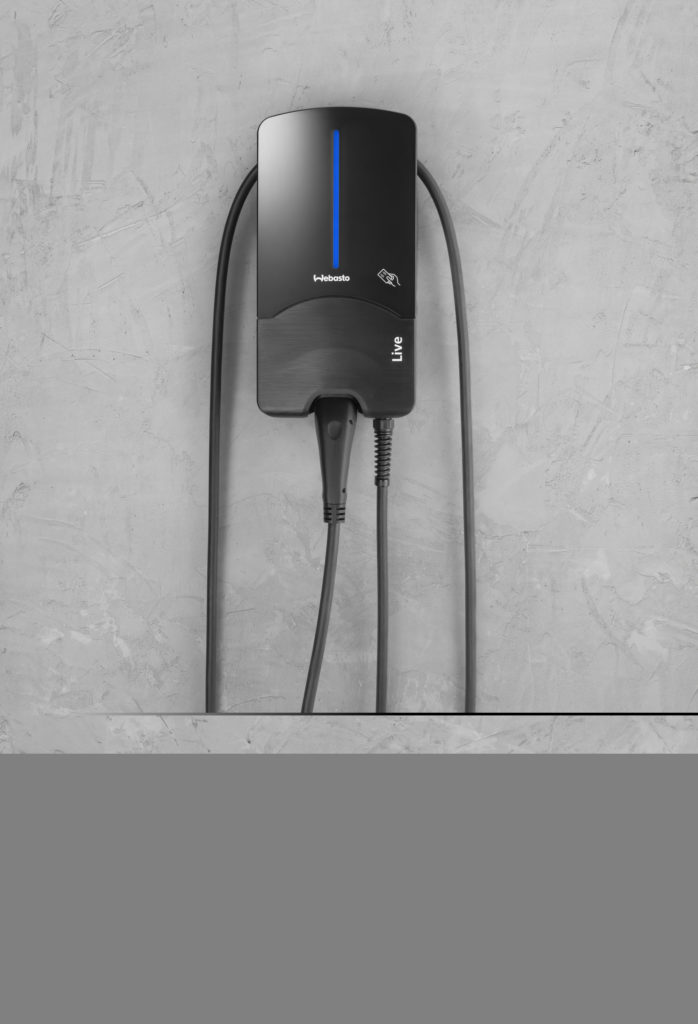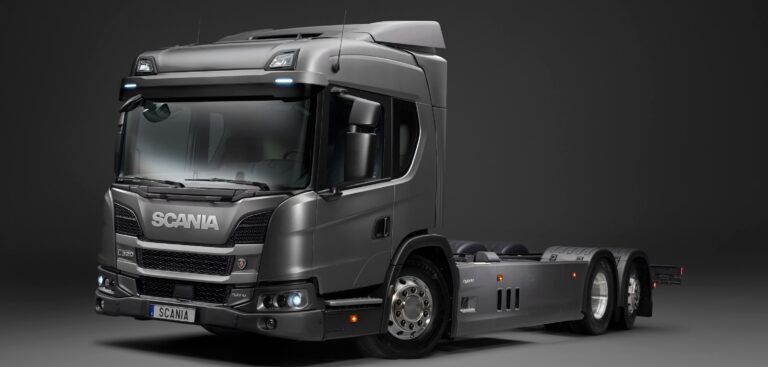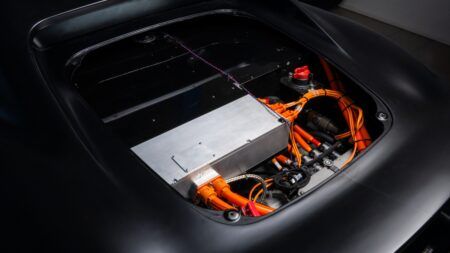Commercial transport solutions provider, Scania, which has developed a new plug-in hybrid electric truck has chosen Webasto as a charging partner to provide charging technology for the new vehicle.
To offer customers the optimum charging infrastructure when they purchase a plug-in hybrid truck, Scania and Webasto will offer two charging options, the Websato Pure and Webasto Live. At the same time as purchasing the truck, customers can optionally order either Webasto charging station, which offer a charging capacity of 22kW, a cable of up to seven meters in length and installation by a qualified electrician.

A preliminary site analysis is also included in the hardware and service package. During the analysis, the fitter will check the existing conditions at the site where the charging station is to be installed, to assess existing electrical connections.
Drivers of plug-in hybrid trucks primarily need the energy stored in the battery for moving off and driving at low speeds, for instance in stop-and-go traffic. Plug-in hybrid trucks from Scania employ regenerative braking to recover kinetic energy, which is then used to charge the battery, but the amount of energy is frequently insufficient. To ensure the vehicle’s battery is fully charged before it commences service the most appropriate solution is to use a professional charging station. The battery can be fully charged within 20 minutes using a Webasto 22kW charging station. The vehicle can also receive additional charges, for instance when the truck is parked for loading and unloading or during breaks.
Webasto charging stations are compatible with all-electric vehicles that use Type 2 charging plugs and are simple and practical in operation thanks to their non-detachable cables.
The intelligent Webasto Live charging station facilitates flexible networking via the mobile network and it can be controlled using the Webasto LiveApp and Webasto Charging Portal.
Network interfaces such as LAN and WLAN allow multiple charging stations to be connected together, thereby facilitating dynamic load management. Furthermore, the charging stations offer authentication via RFID or smartphone. They also support authentication via Plug & Charge (ISO 15118).





